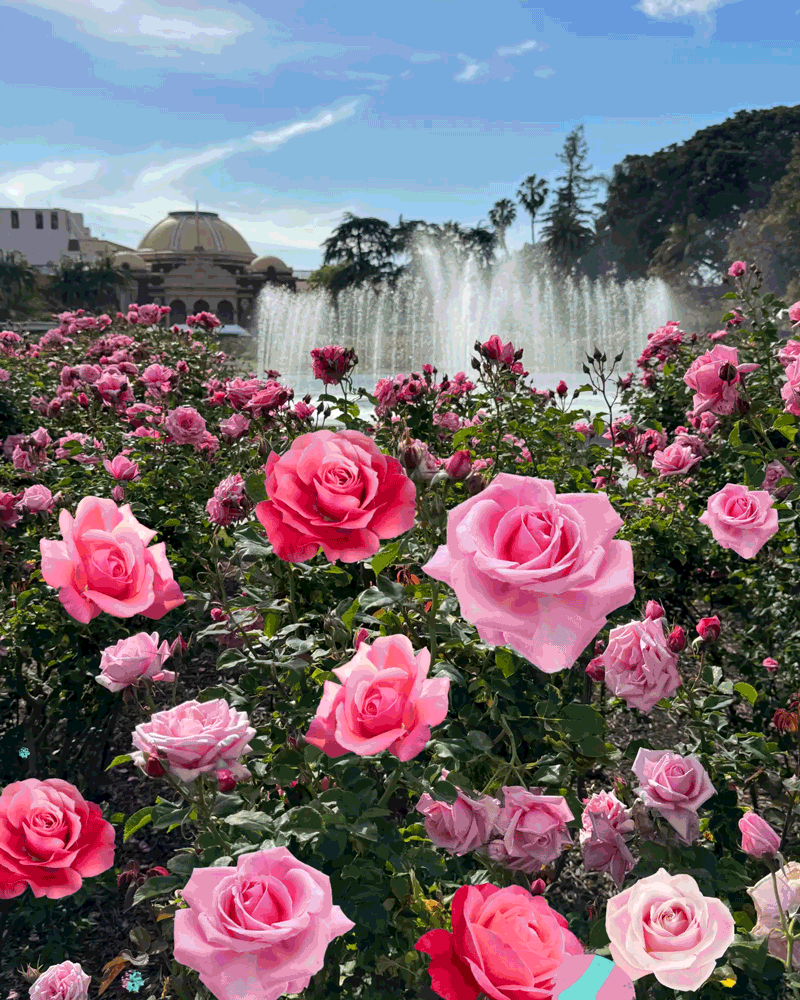Begonias Entice With Beauty and Versatility
- Share via
Mary Sakamoto saw her first begonia nearly 20 years ago. Within three years, she had started a begonia collection and joined a begonia club. Today, her Orange Park Acres backyard is filled with an impressive collection of between 400 and 500 begonias.
What drew Sakamoto to begonias in the first place?
The stunning flowers lured her, said Sakamoto, who is a member of the American Begonia Society. The Orange County chapter will sell a wide variety of its begonias at the UCI Arboretum Fall Flower & Art Festival today and Sunday.
“In addition to being eye-catching, begonias are easy to grow,” she said. “There are also many different types, which makes collecting them especially enjoyable.”
Begonias make a really showy statement, agreed Ted Mayeda, a begonia enthusiast who owns M&M; Nursery in Orange, which has a good selection of begonias.
“Not only are they beautiful plants, begonias are very versatile,” he said. “They look good standing alone or with other plants, and they grow in a wide variety of locations, including hanging baskets.
“They also come in many flower colors and leaf shapes and sizes,” he said. “Some have variegated foliage such as white spotting on green leaves.”
Many begonias are also profuse bloomers. “Begonias like ‘Pink Taffeta’ can have 50 to 60 clusters of flowers on them at once,” Mayeda said. “Even when the old flowers fade, there’s constantly something new coming on.”
In general, begonias--also called angel wings--bloom in summer and fall when the weather is warm, with some varieties such as ‘Pink Taffeta’ blooming most of the year.
Begonias belong to the genus Begonia. There are about 1,200 species and thousands of hybrids or cultivars, said Herb Wilkinson, a Huntington Beach master gardener and member of the Begonia Society. In general, there are eight main categories of begonias.
* Canelike begonias are easy to grow and have attractive pendulous, clustering flowers in a variety of colors, including pink, red, white and orange. They grow erect or semi-erect and tend to have bamboo-like stems with swollen nodes. Vigorous growers, they bloom spring through fall, and tend to be fairly heat tolerant.
Some cane varieties include ‘Pink Taffeta,’ which has a coral pink flower and a stunning dark red leaf spotted with white. Another favorite is ‘Hawaiian Sunset,’ an intense orange flower with a green leaf that is also dotted with white.
‘Irene Nuss’ is named after a local hybridizer. It has pink flowers. ‘White freckles’ has white flowers and a dark leaf with white spots and Begonia fuchsiodes has tiny green leaves with small pink flowers that resemble fuchsias.
* Shrublike begonias are similar to canes, except they send out shoots at their base and branch more easily. They come in a various colors, including pink, red, white and orange and generally grow 1 1/2 to 2 feet long. If pinched back regularly, they tend to bloom throughout the year.
* As their name suggests, thick-stemmed begonias have thick stems and rarely branch. They grow straight slowly and are suitable for bonsai. Generally not grown for their flowers, this type’s foliage is large, with leaves that can grow 10 to 12 inches in diameter.
* Tuberous begonias sport large flowers in a wide variety of colors that bloom in late spring and early summer. (It’s important to pull the tubers after they finish blooming and keep them dry over winter, because they rot easily.)
* Trailing Scandent begonias trail or climb, branching easily with long, flexible stems. They bloom profusely during winter and spring months, covered with flowers in a variety of colors, including creamy yellow, pink, white and red.
* Also known as wax begonias, Semperflorens are ever-blooming begonias that have soft, succulent stems and tend to be heat tolerant. They produce a profuse number of usually small flowers from spring through fall in colors from white to red.
* Rhizomatous begonias are primarily grown for their leaf shapes and colors. They grow by rhizomes that run along the ground and generally bloom mid-winter through spring. White and pink flowers appear in clusters on erect stems above the foliage, which is often hairy.
* Rex begonias are grown for their multicolored, unusually patterned leaves, which range are black, blue, red, green and orange. The leaves tend to be hairy and don’t like moisture, so watering from below is necessary.
* M&M; Nursery, Orange, (714) 538-8042; https://www.mmnursery.com.
Festival This Weekend
The UCI Arboretum Third Annual Fall Flower & Art Festival is 10 a.m.-5 p.m. Saturday and 11 a.m.-4 p.m. Sunday at the UC Irvine Arboretum, Campus Drive at Jamboree Rd. Admission is $3; and children younger than 12 and parking are free. (949) 824-5833.






